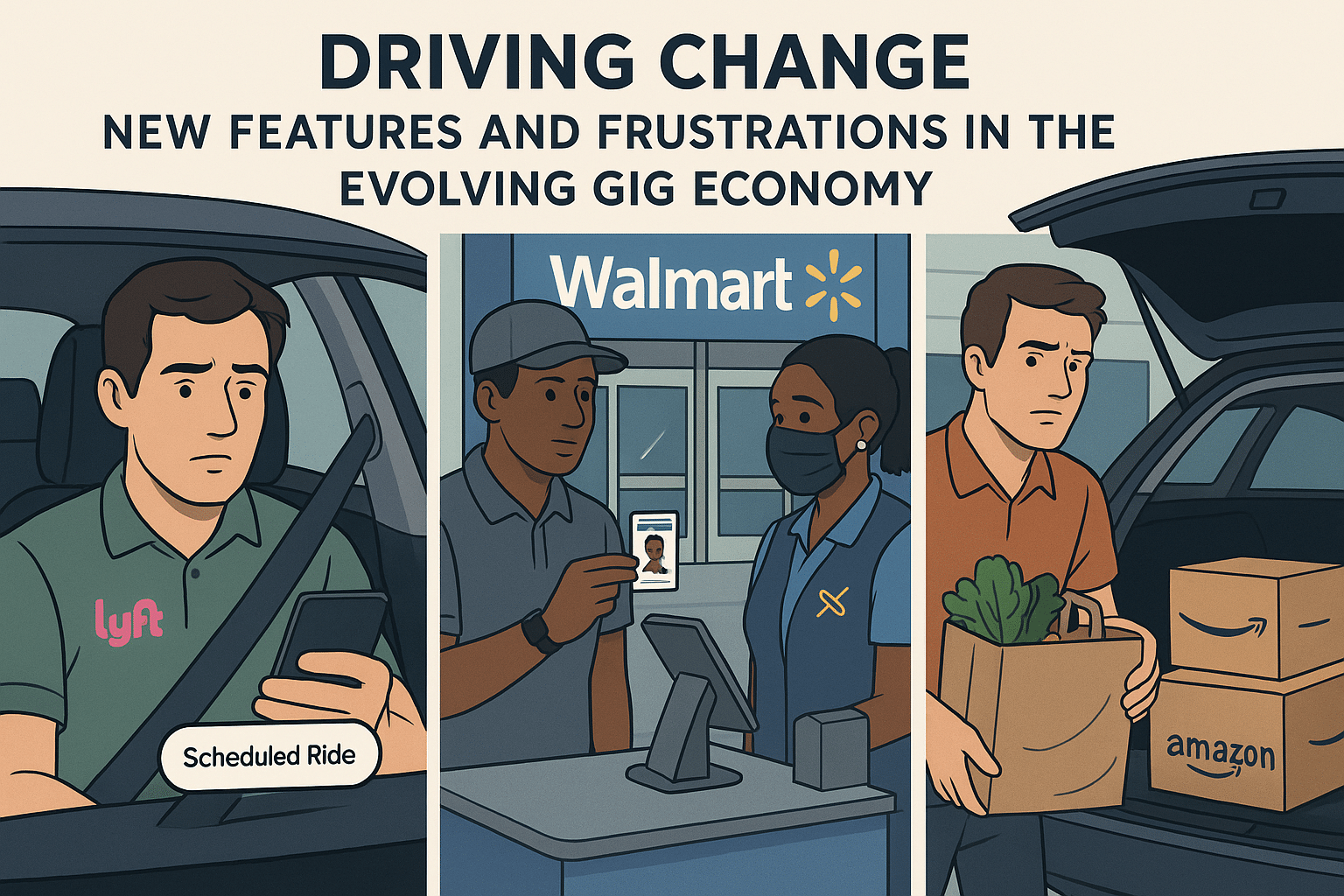The landscape of the gig economy continues to evolve with significant developments across major platforms like Lyft, Spark, and Amazon Flex. These changes signal both progress and challenges for drivers navigating the complex world of independent contractor work.
Lyft has recently introduced a new “favorite driver” feature that allows passengers to mark specific drivers as favorites. While this has been a long-requested feature from the driver community, its implementation comes with a significant limitation – it only applies to scheduled rides. This restriction dramatically reduces its usefulness for many drivers, particularly those in markets where scheduled rides are uncommon. The feature allows customers to select preferred drivers for future scheduled trips, potentially building driver-customer loyalty, but falls short of the comprehensive solution many had hoped for. For college towns and areas where on-demand rides dominate, this feature may have minimal impact on driver earnings or customer experience.
Spark, Walmart’s delivery platform, is implementing a significant security upgrade with a new ID verification system. The system will require associates at self-checkouts to verify that the person picking up orders matches the approved Spark Shopper’s photo in the Walmart app. This move aims to combat account sharing, selling, and unauthorized shoppers—practices that have plagued the platform. The verification process takes a measured approach, instructing associates to report mismatches without confrontation, leaving enforcement to Spark’s trust and safety team. This development represents a crucial step toward maintaining platform integrity and ensuring only properly vetted individuals handle customer orders.
Amazon Flex is also making changes with how they structure Fresh delivery blocks, now combining tip-eligible grocery orders with non-tip-eligible Amazon.com packages. While this creates more delivery opportunities, it potentially dilutes the earning potential of dedicated Fresh blocks that previously consisted entirely of tip-eligible orders. The change highlights Amazon’s ongoing efforts to optimize delivery efficiency, sometimes at the expense of driver earnings potential.
The gig economy landscape continues to be shaped by issues of identity verification, fair compensation, and the balance between platform needs and worker interests. As these platforms mature, we’re seeing increased attention to security measures and innovative features, though implementation often fails to meet driver expectations fully. The tension between platform profitability and driver satisfaction remains a defining characteristic of the gig economy ecosystem, with each new feature or policy change revealing the complex interplay of these sometimes competing interests.

